“There’s not enough education around opals,” says creative director Renata Bernard, whose family business, Opal Minded, specialises in the much-coveted boulder and black variety and regularly fields queries from collectors worldwide.
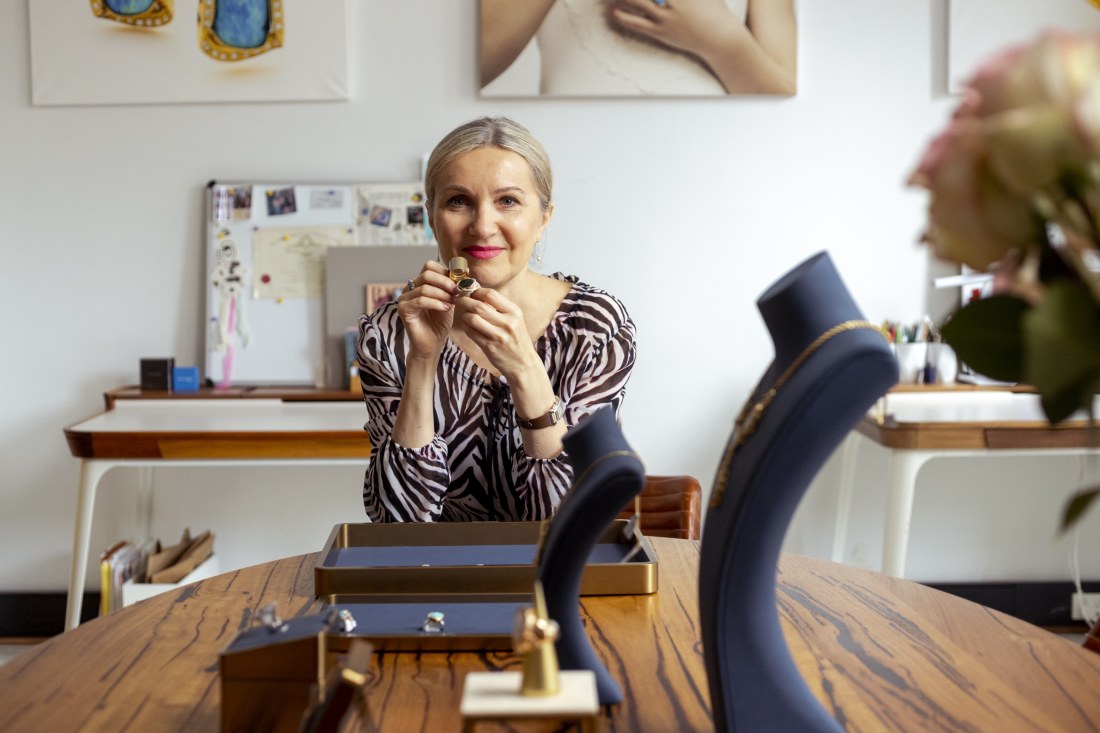
Dior Rose earrings in pink gold, diamonds, black opals sourced from Australia, sapphires, tsavorite garnets, emeralds, and purple, red, green and blue lacquers.
“Opals carry a perception that they’re for the low-end tourist market. But as with any stones, there’s a huge variation in quality. We’ve had guides come in with tourist groups before, point at a few things and walk out saying we can take you somewhere where opals are a fraction of the price. But the quality we carry is impeccable.”
Opals have had somewhat of a PR problem for centuries, enchanting and repelling in equal measure. On discovering them in the Slovakian mountains, the Romans believed them to be a good luck charm. In the Middle Ages, they were the magician’s stone (perhaps due to the way they changed colour) and people thought they resembled the evil eye. In 1829, Sir Walter Scott sent opal sales plummeting with his novel Anne of Geierstein, which tells of a baroness whose talisman endows her with supernatural powers (and kills her). And then you have Queen Victoria making opals fashionable again by regularly adding them to her collection.
As for the recent hostilities among Australians: let’s blame low-end tourist boutiques peddling doublets and triplets (slices of opal glued to a black backing to resemble a solid black opal) and their general crappy craftsmanship.
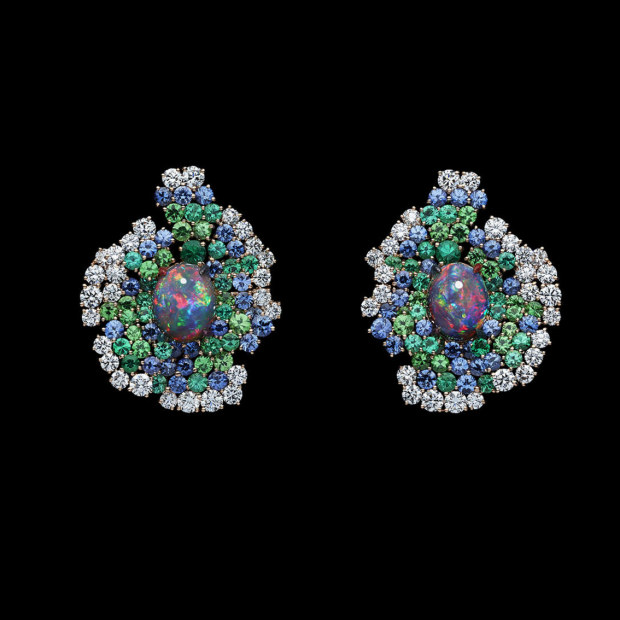
But with fine jewellery designers such as Dior’s Victoire de Castellane captivated by the quality of Australian opals (she calls it “a poetic stone – an invitation to enter a fairytale, to experience magic – nature’s gemstone par excellence”), and featuring them extensively in collections; as well as Cartier’s new Sydney flagship store, which opens on November 17, including an Opal Bar serving Opal Martinis, the stone’s future is assured.
With the world opening up again,”the market has increased substantially”, says Bernard, whose boulder pieces start at $1000 for a ring but then rocket up to $300,000 for a substantial black opal offering. “It’s an unusual market and, like fine art, subjective and volatile.”
Opal Minded’s camps are 45 kilometres from Jundah: a township in outback Queensland with a population of 131, two (closed) churches and one (open) pub. It was here in 1989 that a 550-carat boulder opal, one of the world’s largest, was found.
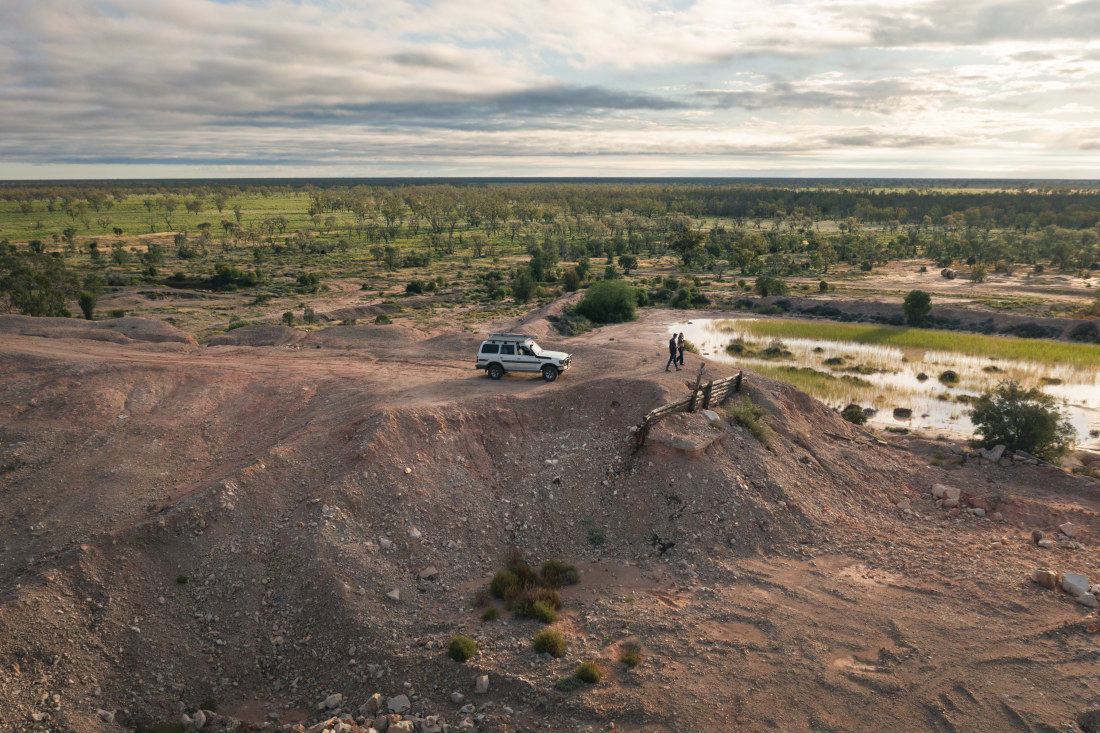
“Three years ago, people were saying a carat of black opal cost around $US10,000 retail, but some miners are now asking $US20,000 [$31.100] at the mine,” says Bernard. “This is an industry that involves a lot of talking, but there’s likely an element of truth.”
According to Bernard, the excitement an opal generates comes from its movement. “It isn’t a static stone,” she explains. “It’s the play of colour that captivates.”
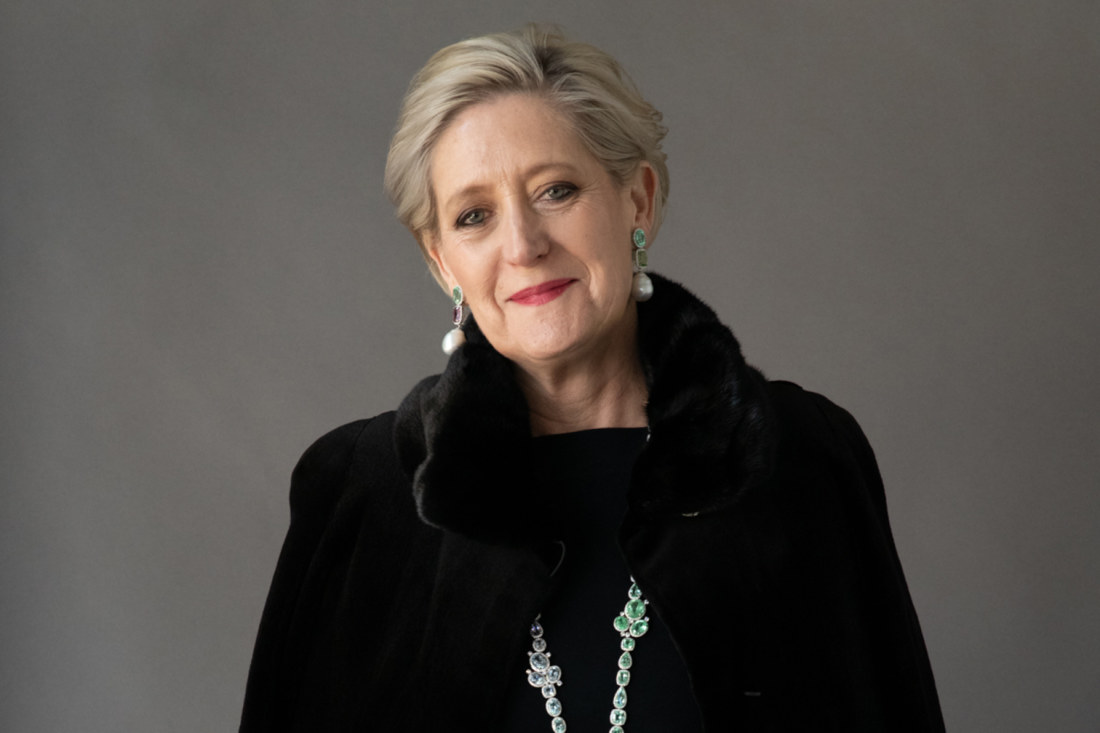
Fourth-generation Queensland jeweller Margot McKinney, whose bold use of opals has sold her one-of-a-kind creations to A-list Hollywood stars and discerning collectors, agrees. “That ‘play’ is extraordinary. You get blue, green turquoise, flashes of yellow, flashes of red … ”
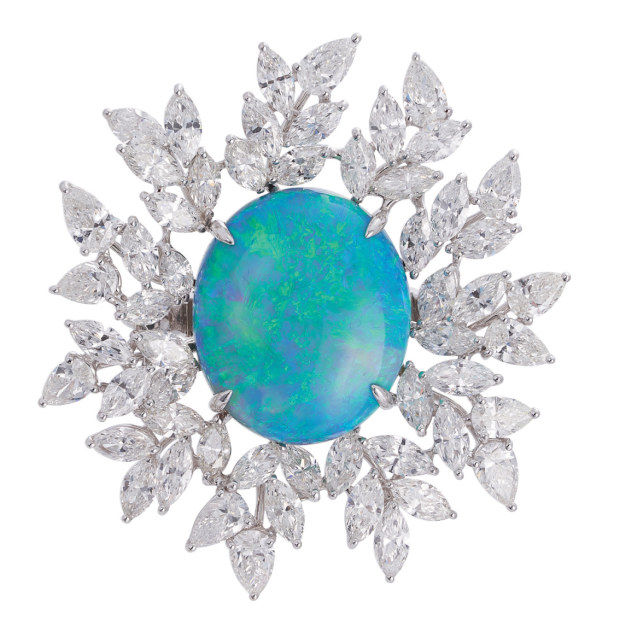
Margot McKinney’s Starry Starry Night Cocktail Ring featuring a 17.50-carat Australian black opal surrounded by diamonds and crafted in 18 ct white gold.
With opals becoming increasingly difficult to source, McKinney is prepared to sit on gems for up to 10 years to create the perfect piece – such as the “Constellation” necklace that featured in her World of Wonder exhibition, just wrapped up at the Museum of Brisbane. “It’s an irreplaceable collection. What we produce here in Australia just sits in a different category.”
Like Bernard’s pieces, McKinney’s are highly sought after in the US market by a clientele she terms “adventurers”. “They usually already own several diamonds and pearls, an emerald, a ruby … but when they see a special Australian opal piece, it piques their interest.”
When asked what makes a good opal, she replies: “It’s obvious. If it’s of high quality, it just talks to you. Their inherent beauty is obvious. Even if you’re not a gemologist.”
Bernard agrees. Back in her store in The Rocks, she hands me a ring set with a huge Lightning Ridge black opal pegged at about the same value as a one-bedroom apartment in Brisbane’s CBD (without parking, admittedly). “After a while, you see personalities in them,” she says. “They’re like people. Some you’re drawn to – they make you think, ‘I get you.’ Others, not so much. I often give them names before I design how they’ll be set.”
Australian jewellery designer Sarah Munro of Sarah & Sebastian is intent on educating the brand’s key target market – the 24 to 35 age group – on the allure of opals, opting for the crystal variety from Andamooka in far north South Australia
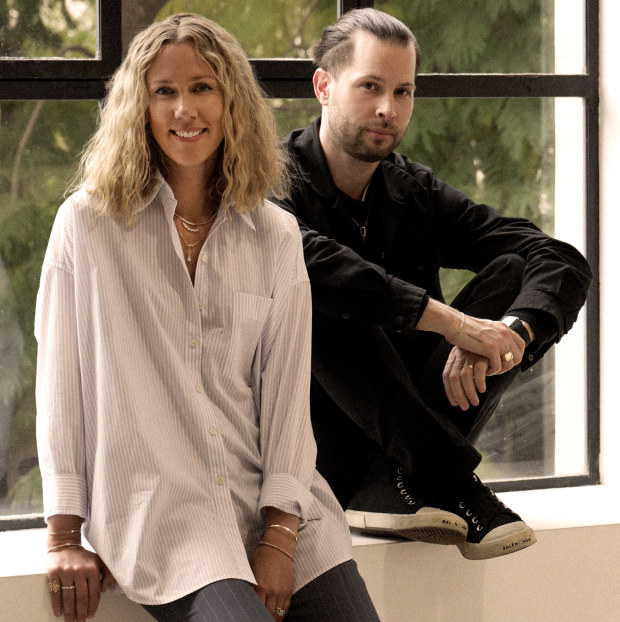
It’s an apt choice, considering the brand’s minimalist ethos. “Black opals are amazing, but so is the price tag,” says Munro. “Crystal opals have that white body colour with a blue play, which is more our aesthetic.”
Munro began to use the gemstone in Sarah & Sebastian collections three years ago, after a trip to the opal-mining town of Coober Pedy – starting with rings, earrings and what’s turned out to be one of their most successful pieces, the Chroma Opal Chain necklace, which retails for a more accessible $5900.
“We’ve sold thousands of them, but they’re still truly unique and timeless, and for that customer who doesn’t want to invest in your typical diamond necklace,” she says.
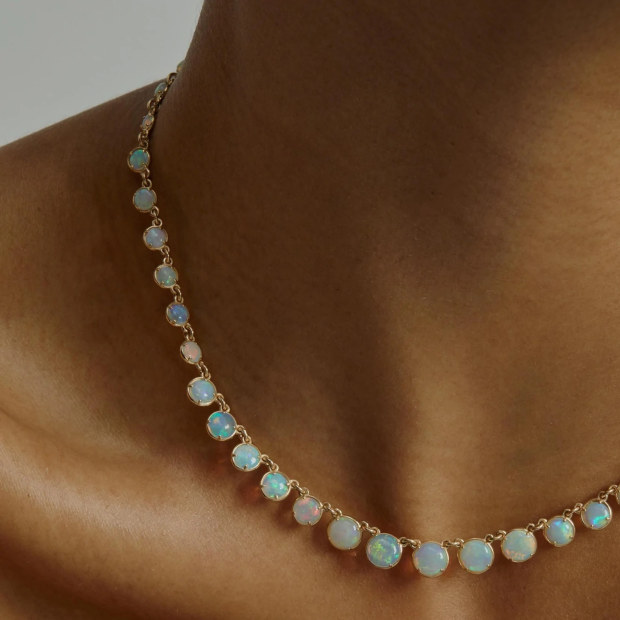
Luring a new generation into loving opals through timeless design is a task Munro is happy to take on. “The first opal I ever owned was one my mother bought me on her travels around Australia. It was a gold-plated koala with an opal tummy. It was awful. But I still loved it.”
naturally I did not copy the article perfectly and here is the link to the complete, original.
https://www.afr.com/life-and-luxury/fas ... d=29432262